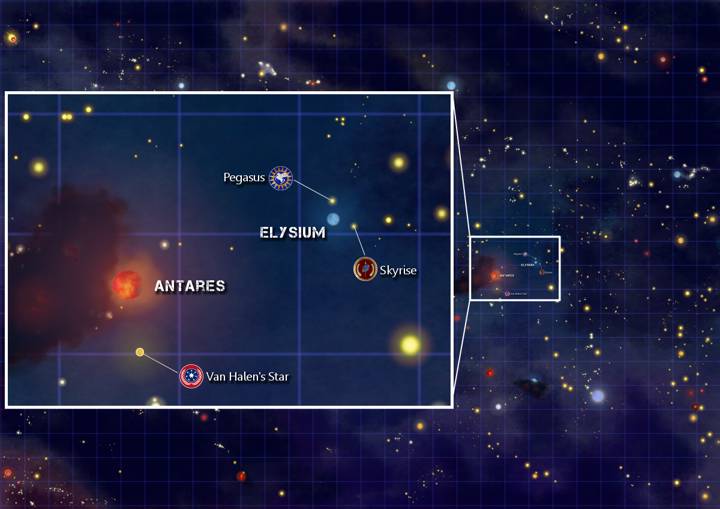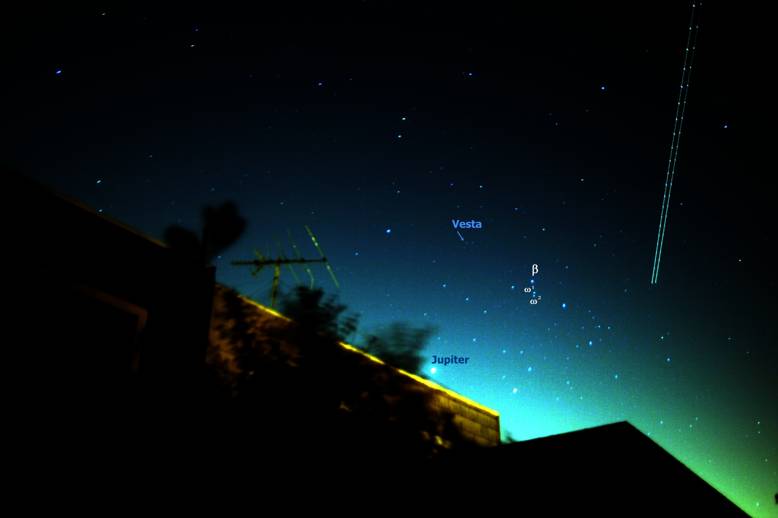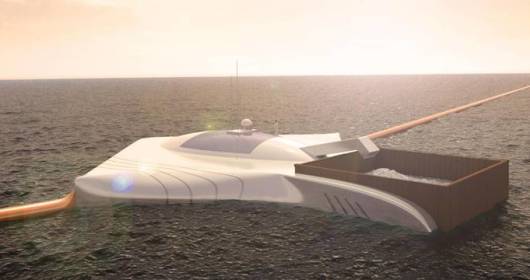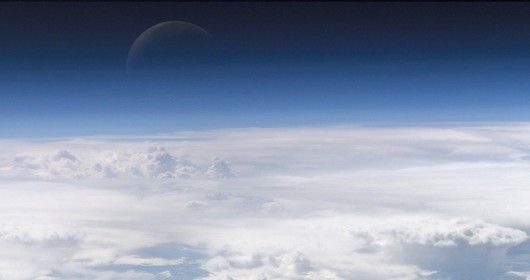Life on the Earth as we know it now, would not be possible without the water. Water, as many other things, is essential to life. But do you know where did the water come from?
According to new study of ancient meteorites, this “majestic blue mass” was here, since our planet was born. Leader of this study is Adam Sarafian from the Woods Hole Oceanographic Institution (WHOI), in Woods Hole, Massachusetts, found out that water was at our planet earlier, that all of us thought. The study showed, that water was on the Earth from 4.6 billion years ago. This pushed origin for more than hundreds of millions of years.
“Some people have argued, that any water molecules that were present as the planets were forming would have evaporated or been blown off into space,” said study co-author Horst Marschall who is a geologist at WHOI.
He believes, that this was the main reason why scientists thought, that water came much much later.
It is impossible to say with 100 percent accuracy when all this happened, but team, who was involved in this study found a way how to do it. First, they looked at carbonaceous chondrite meteorites. These meteorites have been dated as the oldest we know. They were formed around the same time, as the sun, way before all planets. Secondly, their focus was on meteorites, that they thought were from large asteroid Vesta, which was formed around the same time as Earth. This was around 14 million years after the birth of the solar system.
Sune Nielsen from WHOI and also co-author of the study said:
“These primitive meteorites resemble the bulk of solar system composition. They have quite a lot of water in them, and have been thought of before as candidates for the origin of Earth’s water.”
The results of this study show, that meteorites from Vesta have the same chemistry as the carbonaceous chondrites and rocks found on the Earth. Basically, this means, that carbonaceous chondrites are the most likely common source of water. This study also showed, that Earth’s water most likely created at the same time as the rock.
While the authors of this study did not dismiss the idea, that some water arrived later, the results of this study suggest, that there was already enough water here for life to begin.
“Knowing, that water came early to the inner solar system means, that the other planets could have been also wet early and evolved life before they became the harsh environments, they are today,” Nielsen explained.
Vesta is the second largest asteroid we know about. It is circling between the orbits of Mars and Jupiter in the main asteroid belt. It has got ancient and battered surface. If you are one of the enthusiasts, you can see Vesta low in the southwestern sky right after dusk, about 6 degrees above the bright orange star Antares, but only from a very dark location. If you are living in the city, but you still want to see it, look at the asteroid with a pair of binoculars or use small telescope. It looks like a very faint, starlike object in the sea of stars. If you however still need some extra help (I know I would need one) you should check printable sky charts from Sky and Telescope’s website.
[sc:ad-text]
[sc:end t=”Where Did The Water Come From?”]











Leave a Reply